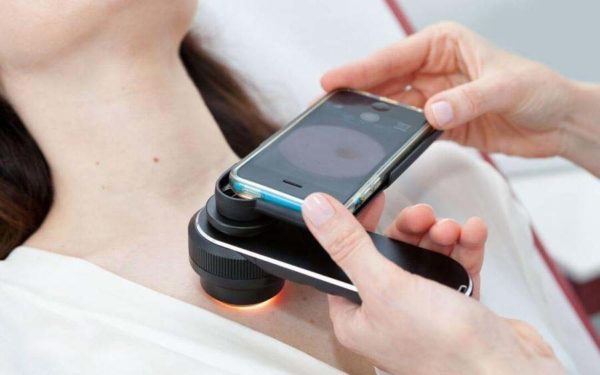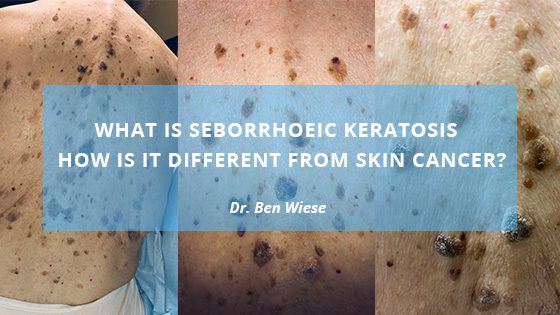While people of colour get skin cancer less often, they tend to be diagnosed at a later stage. The “crisis” results from the fact that people of colour are more likely to die from skin cancer if they do get it. Because of that late-stage diagnosis, they are more likely to have a worse prognosis. About 52% of African-Americans and 26% of Hispanics discover they have melanoma after it has already spread through their body, compared with 16% of caucasians.
Another study found an average five-year melanoma survival rate of only 65% in those with dark skin, compared to 91% in light-skinned individuals.
Why are people of colour diagnosed so late?
- There is a lower public awareness of the risk of skin cancer among people of colour. Many myths exist, for example that people of colour are “immune” to common skin cancers and that black skin cannot burn.
- Health-care providers often have a lower index of suspicion for skin cancer in patients of colour and there tends to be a difference in attention given to dark skin within the medical field.
- The places on the body where skin cancers tend to occur in people of colour are often in less sun-exposed, more out-of-the-way areas, which makes detection more difficult.

What can we do about this?
First of all, we need increased awareness about the fact that people of all colours get skin cancer. Even if you never get sunburnt, you can still get skin cancer. Dark skin does have more melanin which helps protect against sun damage, but it’s not enough. When it comes to the sun’s damaging effects, the power of melanin is hugely overstated.
Sunscreen use should be encouraged. People of colour usually don’t like to use sunscreen as it can be irritating to their skins and the cosmetic results are not great. It tends to make their skins look ashen and forms a residue. Luckily, there are now more sophisticated formulations available that have nanoparticles where the zinc oxide and titanium dioxide have been micronized to limit the chalky look and these tend to work well on darker skin tones.
If you have dark skin it is also important for you to check your skin once a month and to pay special attention to areas that get little sun, like the bottoms of your feet, toenails, lower legs, genital area and buttocks. Another area you’ll want checked is your scalp. Ask your hair stylist to tell you if you have a growth or odd-looking spot on your scalp.
Look for the following:
- A dark spot, growth, or darker patch of skin that is growing, bleeding or changing in any way
- A sore that won’t heal, or heals and returns
- A sore that has a hard time healing, especially if the sore appears in a scar or on skin that was injured in the past
- A patch of skin that feels rough and dry
- A dark line underneath or around a fingernail or toenail
Among people of colour, African-Americans and Asian-Indians are more likely to get Squamous Cell Carcinoma. If you’re African-American, it’s most likely to show up on your legs, buttocks or genitals.
Basal cell carcinoma is more common in Hispanic, Chinese and Japanese people and often show up on the head or neck.
If you are African-American, Asian, Hawaiian, or Native American, melanoma is most likely to show up in your mouth, under your nails, or on the palms of your hands or soles of your feet. If you are Hispanic, it will usually be on your feet if you are dark-skinned, and on your trunk or legs if you are lighter-skinned.
The biggest risk factor for melanoma in people of colour is a first-degree relative with melanoma. If a parent, sibling or child of yours has melanoma, your chances of getting it is 50% higher.
As you can see, skin cancer is a real risk for people of colour. We want everyone to do better in regards to prevention and early detection.
Help us spread awareness so we can strive for excellent skin care for everyone.




